Under the Big Top with a Century of Art
Long before television or the internet infused daily life with spectacle, there was the circus.
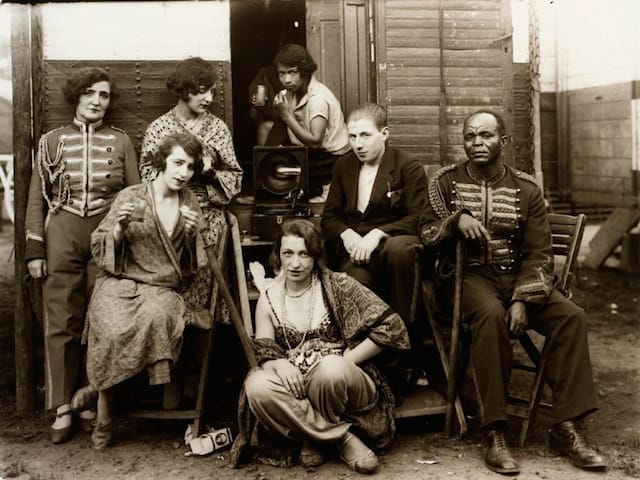
Long before television or the internet infused daily life with spectacle, there was the circus. Between 1850 and 1960, this lowbrow performance art — a theater of animal riders, jugglers, acrobats, dancers, and clowns — captured the public imagination, drawing a century’s worth of artists to illustrate its wondrous sights and the eccentric characters orchestrating them.
Circus, a new show at the RISD Museum in Providence, Rhode Island, invites visitors back into the big top to consider it through the lens of art. For people like Alexander Calder, Marc Chagall, Henri Matisse, and Henri de Toulouse-Lautrec, the circus’s doors (or flaps) opened onto an arresting world of garish color, mesmerizing costumes, and live human subjects ranging from the graceful (James Tissot’s “Ladies of the Chariots”) to the grotesque (Max Beckmann’s “Behind the Wings”). In short, an artistic goldmine.
The show — which includes 40 paintings, drawings, prints, and photographs — also looks beyond the circus’s aesthetic appeal to consider its historical and political significance. As a press statement explains:
Although the circus created an illusory world unto itself, it was also deeply tied to the 19th and 20th century industrialization of the United States and Europe. Enabled by rapid technological advancements, such as an expanding railroad system, the circus to came to both large cities and small towns. At the same time, highlights such as menageries and ethnographic exhibitions broadened visitors’ exposure to cultures from around the world, thus shaping viewers’ knowledge while simultaneously reinforcing Western hegemony over colonized lands.
Take a look at some images from the show.

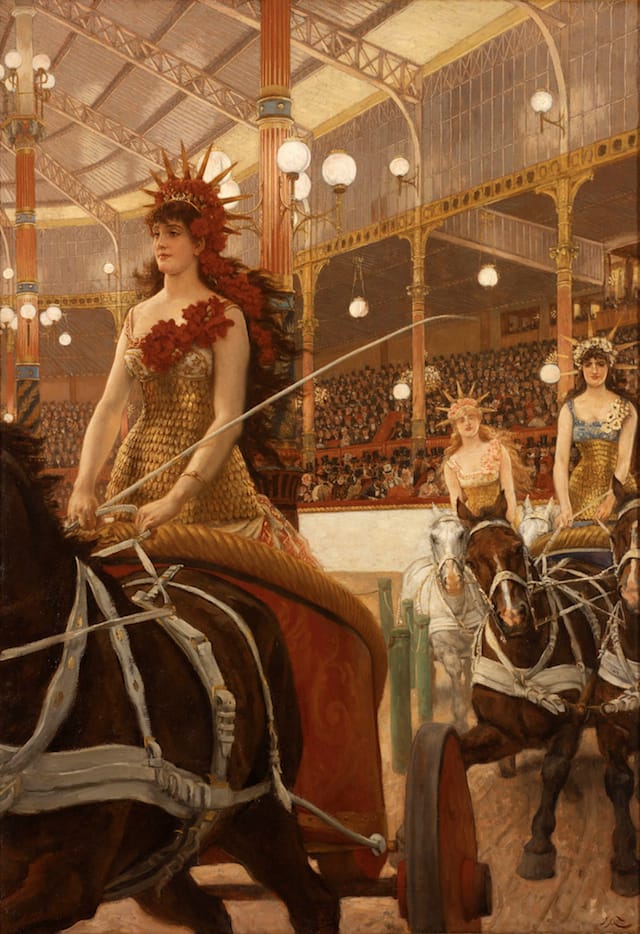

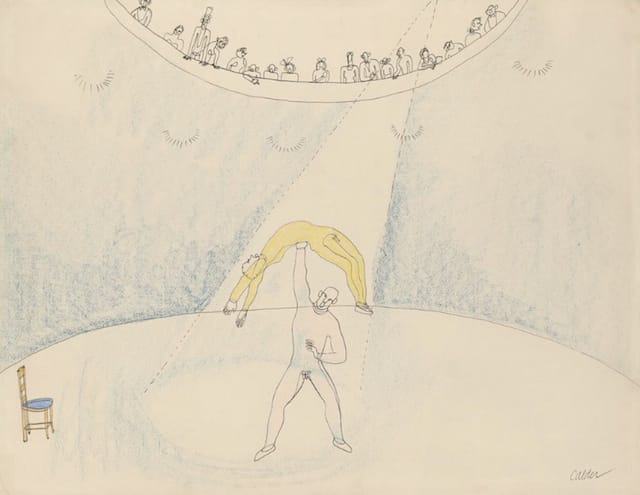
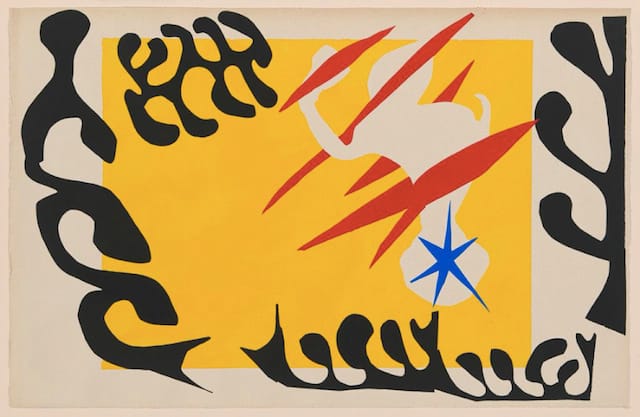
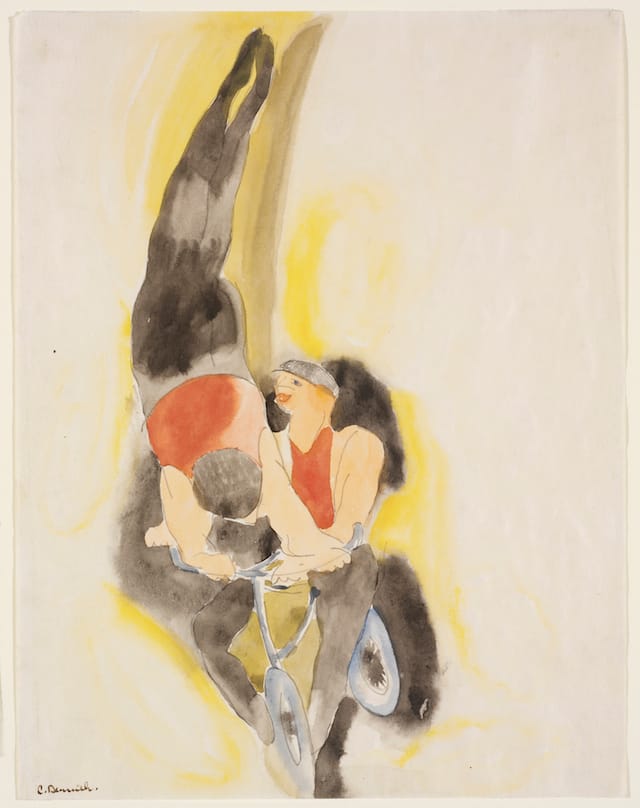
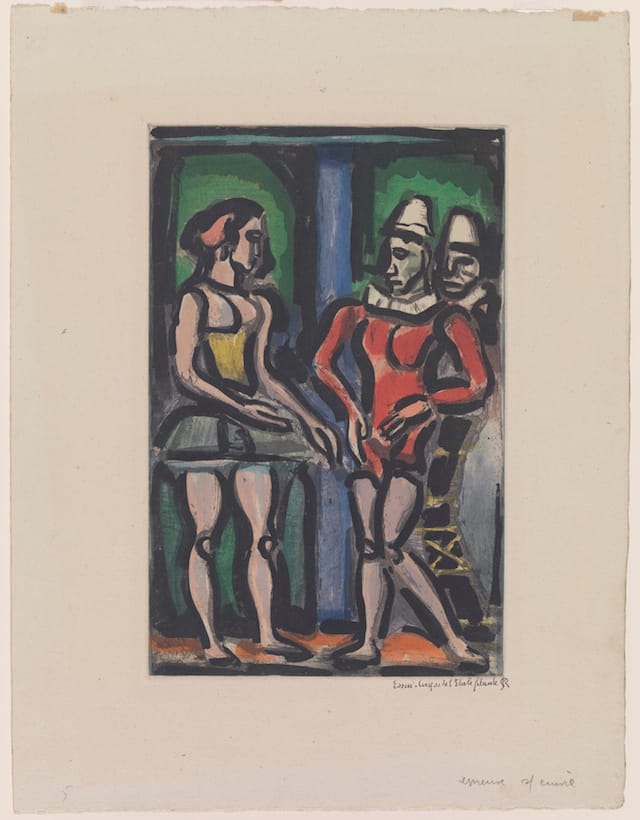
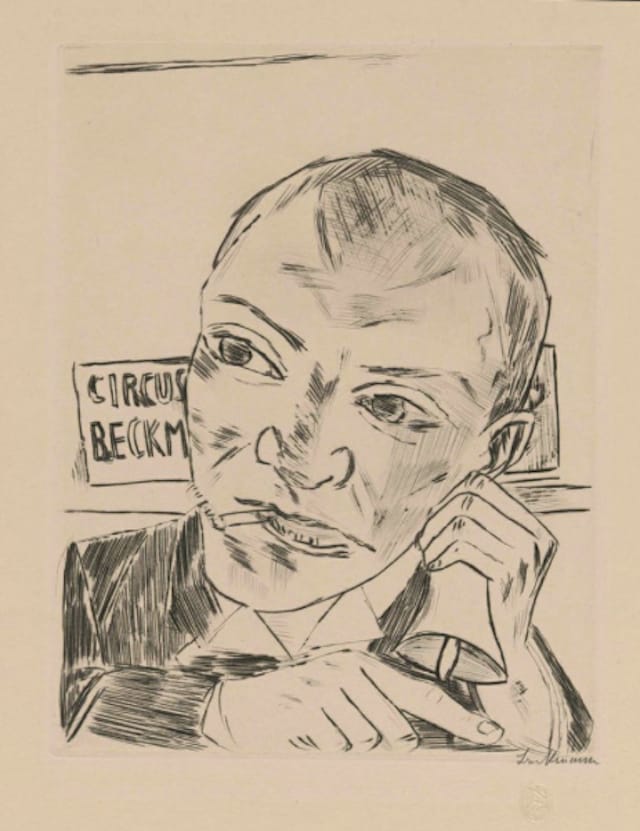
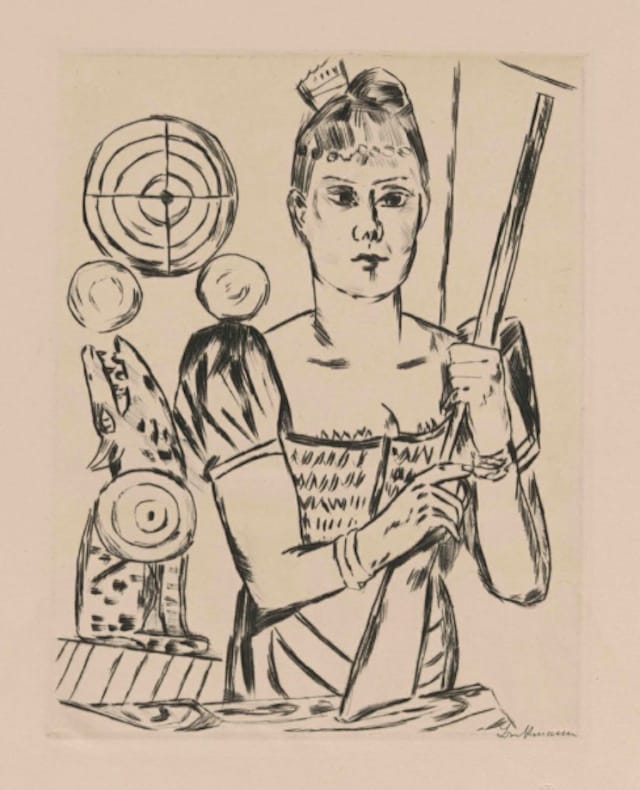

Circus continues at the RISD Museum (224 Benefit St, Providence, RI) through Feb. 22, 2015.




